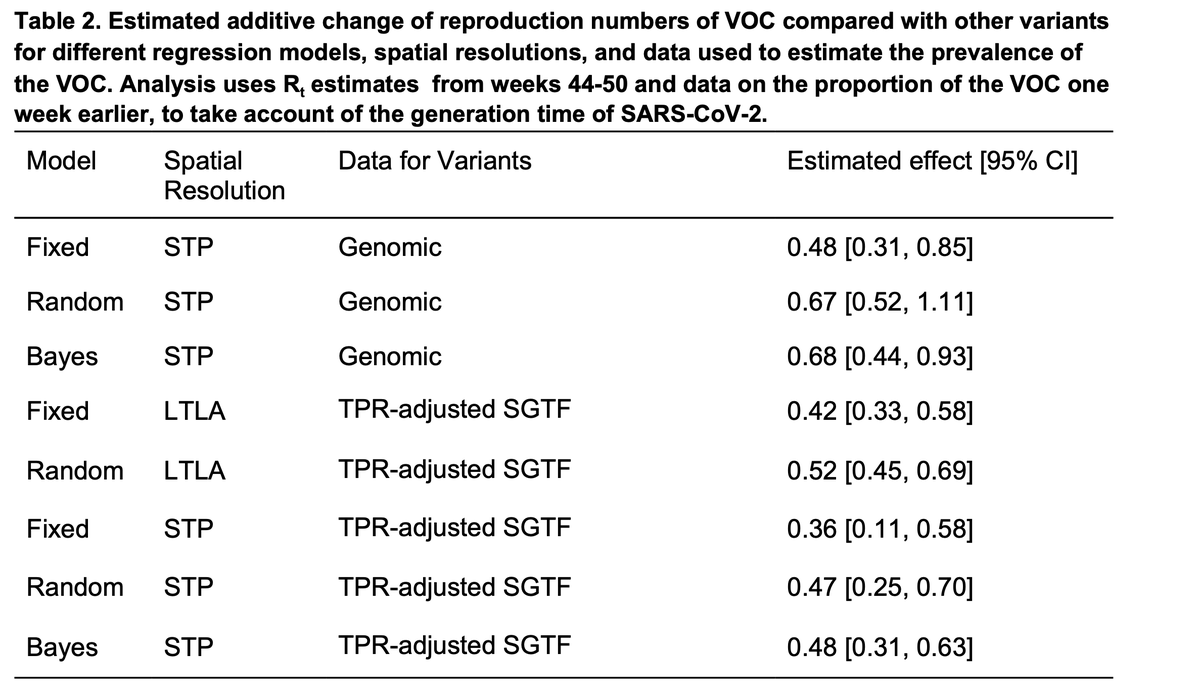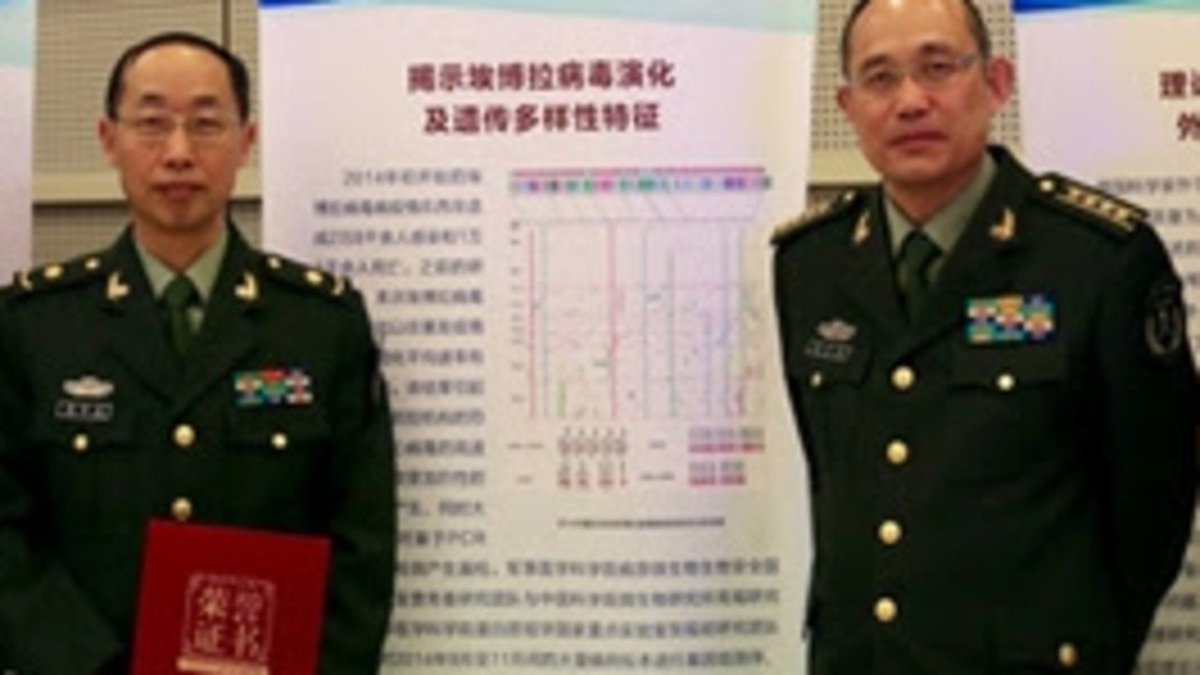We’re in a new year and we have also entered a new phase of this pandemic. So I thought I’d start off the new year with a quick catch-up thread on the UK variant B.1.1.7 and where we are at in this pandemic.
Good news first: There still is no evidence that the variant causes more severe disease or that it can reinfect people more easily or circumvent vaccine-induced immunity. Still, we need to stay vigilant.
"While rapid growth of the variant was first observed in the South East, similar growth patterns are observed later in London, East of England, and now more generally across England.”
https://t.co/QcyT8CmEb3
https://t.co/HMTNQLXa7R
86 cases of B.1.1.7 identified in Denmark since November (11% of all cases sequenced in the period). Last 4 weeks we have sequenced 1500-2000 genomes pr. week broadly representing DK. The percentage of B.1.1.7 has been 0.2, 0.5, 0.9, and 2.3 (week 52). https://t.co/NtZklQOVPs
— Mads Albertsen (@MadsAlbertsen85) January 2, 2021

I don’t think it has really sunk in, how serious this is.
Many countries have managed to reduce infections to low numbers by layering a lot of public health interventions on top of each other: teleworking, physical distancing, masks, no large gatherings, some kinds of shutdown etc.
Or, if you think of it in terms of the Swiss cheese model, we can afford fewer, smaller holes in the cheese.
https://t.co/FhC5Tw7qwq
A new version with colour & division inspiration from @uq_news and strict mouse design oversight by @kat_arden (ver3.0).
— \u026a\u1d00\u0274 \u1d0d. \u1d0d\u1d00\u1d04\u1d0b\u1d00\u028f, \u1d18\u029c\u1d05 \U0001f9a0\U0001f927\U0001f9ec\U0001f97c\U0001f99f\U0001f9fb (@MackayIM) October 24, 2020
It reorganises slices into personal & shared responsibilities (think of this in terms of all the slices rather than any single layer being most important) pic.twitter.com/nNwLWZTWOL
More from For later read
Quantum causal loops
https://t.co/emX8OxKPl0
#loops #quantum
Large-scale commodity farming accelerating climate change in the Amazon
https://t.co/v3gA7OTP9E
#ClimateChange #forest #farm
Collapsed glaciers increase Third Pole uncertainties: Downstream lakes may merge within a decade
https://t.co/huAma56KeB
#glacier #lakes #ClimateChange
From trash to treasure: Silicon waste finds new use in Li-ion batteries
https://t.co/TkxKFDQMC6
#batteries #treasure #silicon #trash
You May Also Like
Pangolins, September 2019 and PLA are the key to this mystery
Stay Tuned!

1. Yang
Meet Yang Ruifu, CCP's biological weapons expert https://t.co/JjB9TLEO95 via @Gnews202064
— Billy Bostickson \U0001f3f4\U0001f441&\U0001f441 \U0001f193 (@BillyBostickson) October 11, 2020
Interesting expose of China's top bioweapons expert who oversaw fake pangolin research
Paper 1: https://t.co/TrXESKLYmJ
Paper 2:https://t.co/9LSJTNCn3l
Pangolinhttps://t.co/2FUAzWyOcv pic.twitter.com/I2QMXgnkBJ
2. A jacobin capuchin dangling a flagellin pangolin on a javelin while playing a mandolin and strangling a mannequin on a paladin's palanquin, said Saladin
More to come tomorrow!

3. Yigang Tong
https://t.co/CYtqYorhzH
Archived: https://t.co/ncz5ruwE2W

4. YT Interview
Some bats & pangolins carry viruses related with SARS-CoV-2, found in SE Asia and in Yunnan, & the pangolins carrying SARS-CoV-2 related viruses were smuggled from SE Asia, so there is a possibility that SARS-CoV-2 were coming from
In ancient times, our grandparents used to follow typical natural way of caring the needs of a child. All they used were more of natural products than chemical based for the growth of child.

One of major step followed was to feed Gurbach Jadd/ Vasa Kommu/ Acorus Calamus for initiating good speech ability in a child. This stem was needed to babies on Tuesdays and Sundays in mother's milk.
Vasa is feed to baby after the 1st bath on 12th day in week. Weekly only thrice it is fed and named as :
Budhwar - Budhi Vasa
Mangalwar - Vaak Vasa
Ravi Vaar - Aayush Vasa
This stem is burnt and rubbed against the grinding stone in mother's milk or warm water to get a paste

The procedure to make it is in the link
https://t.co/uo4sGp7mUm
It should not be given daily to the child. Other main benefits are
1. It clears the phlegm in child's throat caused due to continuous milk intake. It clears the tracts and breathing is effortless.
2. Digestion
For children who haven't got their speech and is delayed than usual should feed this vasa on these days in week atleast for 6months. Don't get carried away with this dialogue
"Some gain speech little late"










